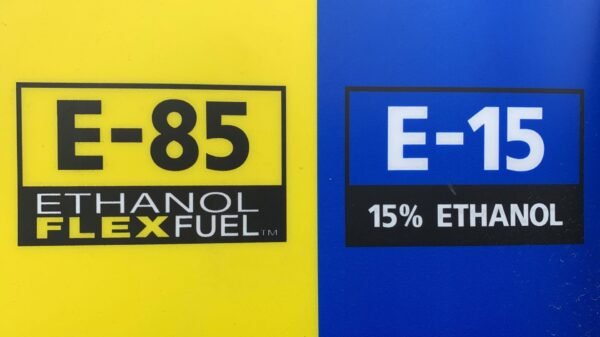The Environmental Protection Agency (EPA) has proposed withdrawing its 2014 determination barring any large-scale mine in Alaska’s Bristol Bay. The Trump administration has been working hard and taken several key steps towards paving the way for this controversial mine. A successful implementation allowing the mine would be a distinct reversal from former President Barack Obama’s opposition to the project.
The initial reasoning for why there was a barring of a mine in the area was due to the potential damage that would imperil the region’s sockeye salmon fishery. Taryn Kiekow Heimer, a senior policy analyst at the National Resources Defense Council, has stated that the only thing that’s changed since the initial barring is the politics attached to the mine. Asides from politics, the relevant facts, science and opposition to the mine have remained unchanged, persisting in sounding the message that it would be “the wrong mine in the wrong place.”
The EPA’s actions result from a legal settlement with Pebble Limited Partnership, a subsidiary of Northern Dynasty Minerals Ltd. As with most settlements, the agreement did not provide direct immediate approval for the construction of a mine, but it instead paved the way for the Canadian firm to apply for federal permits that would eventually produce a mine in Alaska. This path for federal permits is something the Obama administration had previously countered, restricting access and therefore blocking the construction of the mine.
This potential settlement and pending reversal is the result of the EPA’s intentions to provide Pebble Mine a fair process that is simultaneously not too costing for the EPA. Northern Dynasty Minerals has been behind several lawsuits that sued the EPA regarding this matter, and have recently reported its agreement that they gain nothing more than “fairness and due process under the law.”
It is important to note that the EPA does not hold the final say in this matter, and even if they do withdraw its opposition, Pebble Mine will still have hoops to jump through. Pebble Mine would need to undergo a federal environmental review and other relevant state requirements before construction can begin, including an EPA consultation with the public, and local tribes.
The opposition to mine is composed mainly of Native Alaskans, environmentalists, fishing operators and local businesses who have been against the mine since the inception of the idea in 2004. Through prospecting, Southwestern Alaska is said to contain gold reservoirs estimated to be worth about $120 billion. However, accessing the gold mine would contaminate and create repercussions affecting the lakes and tributaries that connect to the potential site for the mine, which feeds into the headwaters of Bristol Bay.
This could potentially impact a fishery that generates $500 million a year, which is a major source of income and labor in the area. Furthermore, the revenue generated from the mines is prioritized only for Pebble Mines, while the fishery helps supports the local tribes and the public in both financially as well as a food source.
One argument against the EPA barring is based on the overstepping of bounds and regulations. The EPA has been criticized as an agency “trampling the authority of the state of Alaska,” while restricting the input of other federal agencies while also preventing the results of a mining company’s $700 million capital investment. On the other side, the EPA has been praised of protecting a valuable fishery and the village whose life depends on it. A ballot measure is being conducted that would allow lawmakers to ban any proposed mine should the project prove detrimental to the wild salmon stocks, which is currently polling at passing with a two-thirds majority.
The EPA has said it would accept public comments on the proposal for the next 90 days.




































Comment Template